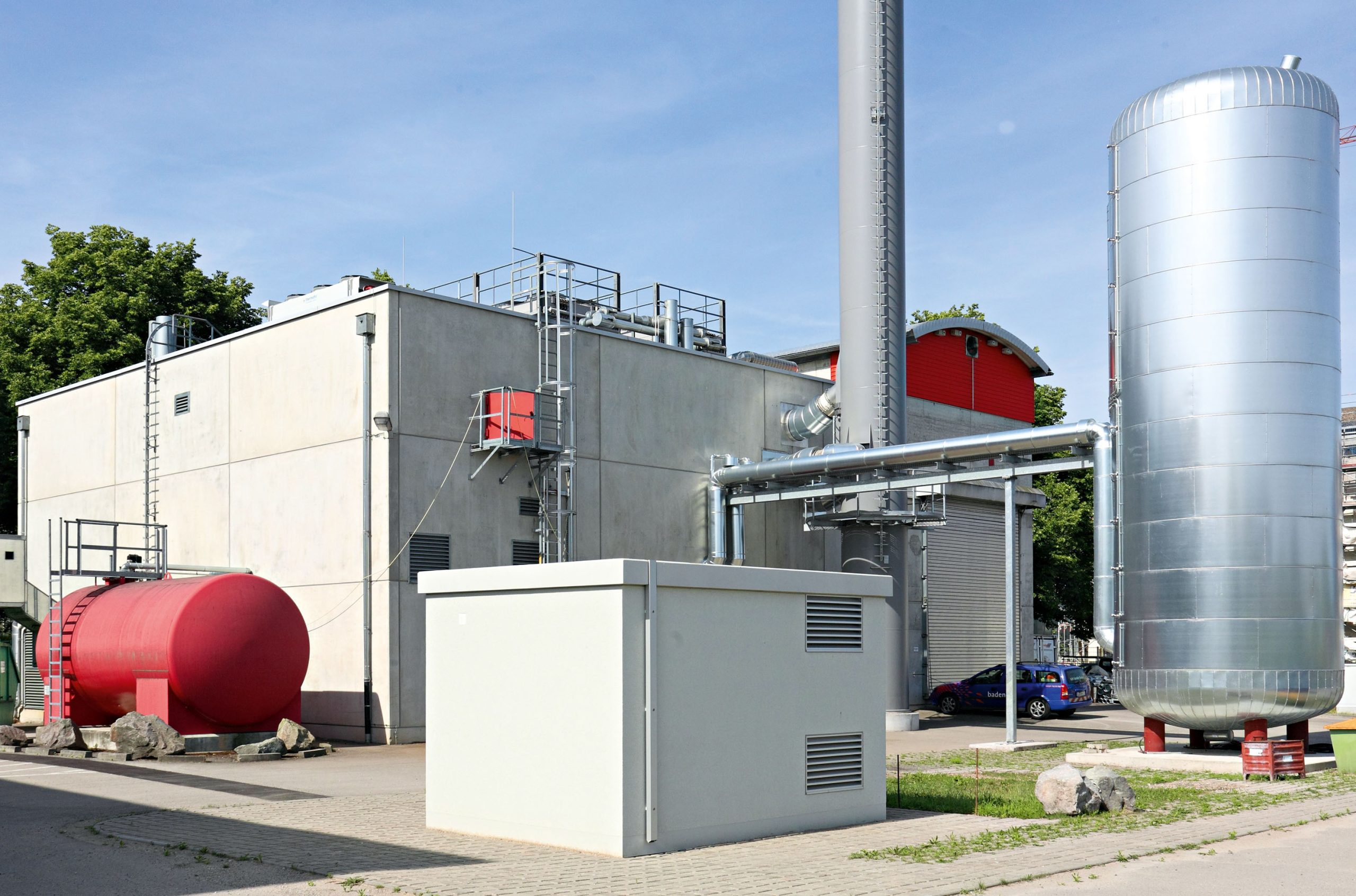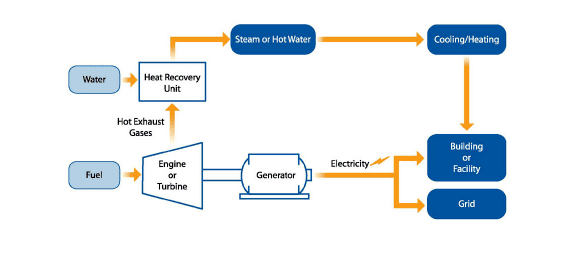Combined heat & Power (CHP)
Combined Heat and Power (CHP) is a system that has been in practice since the 1970s. CHPs generate both heat and electricity from a single energy source, such as natural gas, biomass, or waste heat. With recent rising energy costs, CHPs are becoming much more popular and economically viable.
In a CHP system, an engine or turbine is used to generate electricity, and the waste heat from this process is recovered and used for heating or cooling purposes. This approach is more efficient than generating electricity and heat separately, as the waste heat is captured and utilised rather than being wasted. CHP systems can be used in a variety of applications, including in homes, commercial and industrial buildings, hospitals, universities, and district heating systems.
CHP Benefits
Efficiency: CHP systems are highly efficient and can achieve overall efficiencies of up to 90%, compared to separate heat and power systems which typically have an efficiency of around 45-55%.
Cost savings: Since CHP systems generate both electricity and heat, they can provide cost savings on energy bills by reducing the need to purchase electricity and heat from external sources.
Environmental benefits: CHP systems can help reduce greenhouse gas emissions and other pollutants by reducing the overall demand for energy and improving energy efficiency.
Reliability: CHP systems can provide a reliable source of energy, as they are less vulnerable to power outages and other disruptions in the energy supply chain.
Energy independence: CHP systems can provide energy independence for facilities, as they can generate their own energy on-site and reduce dependence on external energy sources.
Resilience: CHP systems can provide resilience in the face of natural disasters or other emergencies, as they can continue to generate electricity and heat even when the grid is down.


projects
Read about some of our Energy Saving Solutions for Water Projects


